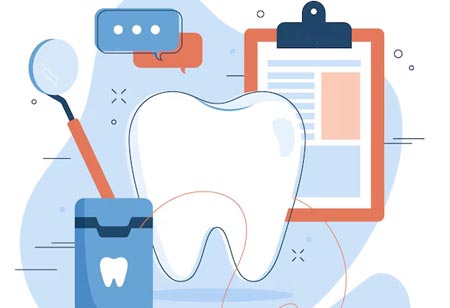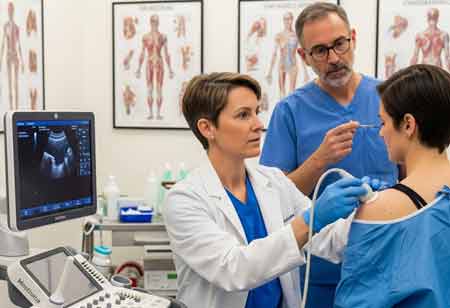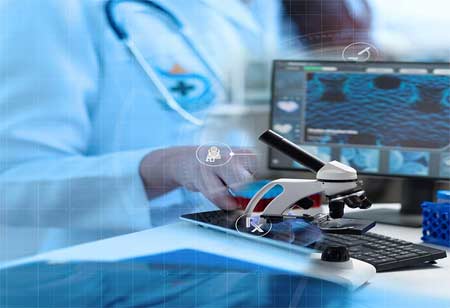Thank you for Subscribing to Healthcare Business Review Weekly Brief
Be first to read the latest tech news, Industry Leader's Insights, and CIO interviews of medium and large enterprises exclusively from Healthcare Business Review
How Cutting-Edge Diagnostics Are Shaping Personalized Medicine
The medical diagnostics space has witnessed transformative advances in recent years, driven by the convergence of cutting-edge technology, artificial intelligence (AI), and a growing

By
Healthcare Business Review | Friday, October 25, 2024
Stay ahead of the industry with exclusive feature stories on the top companies, expert insights and the latest news delivered straight to your inbox. Subscribe today.
The medical diagnostics space has witnessed transformative advances in recent years, driven by the convergence of cutting-edge technology, artificial intelligence (AI), and a growing emphasis on personalized healthcare. With the COVID-19 pandemic highlighting the critical importance of rapid, accurate diagnostics, innovations in this field have accelerated. From point-of-care testing (POCT) to genomics-based diagnostics and AI-enhanced imaging, the sector is evolving at a remarkable pace.
One of the most significant advancements in medical diagnostics is the development of point-of-care testing (POCT). Traditionally, diagnostic tests were confined to clinical laboratories, resulting in delays between the time samples were collected and when results were available. However, with POCT, healthcare providers can obtain diagnostic results almost immediately, often at the patient’s bedside or in outpatient settings. This has led to quicker clinical decision-making, especially in emergency situations. Recent innovations in POCT devices, such as portable blood glucose monitors, rapid COVID-19 antigen tests, and handheld ultrasound devices, have revolutionized how healthcare is delivered. These tools are becoming more sophisticated, integrating connectivity features that enable real-time data sharing with electronic health records (EHRs), allowing for more comprehensive and continuous patient monitoring.
Alongside the rise of POCT, genomics and molecular diagnostics are redefining the way diseases are diagnosed and treated. Advances in genome sequencing have made it possible to detect genetic predispositions to diseases like cancer, diabetes, and heart conditions earlier than ever before. The Human Genome Project opened the door to personalized medicine, and now, companies are developing diagnostic tests that analyze patients’ genetic profiles to tailor treatment plans to their unique biology. Liquid biopsy is one such breakthrough that allows for the detection of cancer-specific genetic mutations from a simple blood sample, often before traditional imaging methods can detect the disease. This non-invasive diagnostic technique is gaining traction for its ability to monitor cancer progression, identify drug resistance, and guide targeted therapies.
Artificial intelligence and machine learning (AI/ML) are playing an increasingly central role in medical diagnostics, particularly in the field of medical imaging. AI-enhanced systems are revolutionizing how radiologists and pathologists analyze imaging data, such as X-rays, CT scans, MRIs, and histopathology slides. These technologies can rapidly process vast amounts of data, identifying patterns that may not be immediately visible to the human eye. For instance, AI algorithms can assist in the early detection of conditions like lung cancer, diabetic retinopathy, and cardiovascular diseases, often providing diagnostic insights with higher accuracy than traditional methods. Furthermore, AI-driven tools are reducing the workload for clinicians by automating routine tasks, such as segmenting images and flagging abnormalities, thereby improving efficiency and allowing healthcare professionals to focus on more complex cases.






